PPT-Historia
Author : giovanna-bartolotta | Published Date : 2015-10-05
Numorum ³ Sicily and Adjacent Islands What is Historia Numorum Historia Numorum HN provides an account of the development of Greek coins in their historical
Presentation Embed Code
Download Presentation
Download Presentation The PPT/PDF document "Historia" is the property of its rightful owner. Permission is granted to download and print the materials on this website for personal, non-commercial use only, and to display it on your personal computer provided you do not modify the materials and that you retain all copyright notices contained in the materials. By downloading content from our website, you accept the terms of this agreement.
Historia: Transcript
Download Rules Of Document
"Historia"The content belongs to its owner. You may download and print it for personal use, without modification, and keep all copyright notices. By downloading, you agree to these terms.
Related Documents


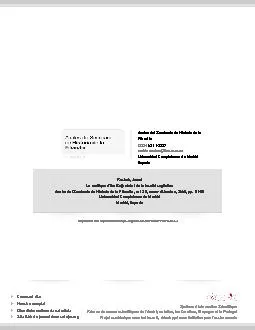

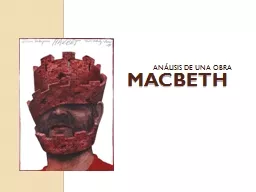
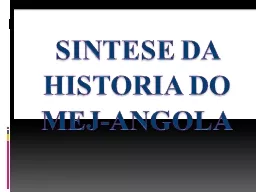
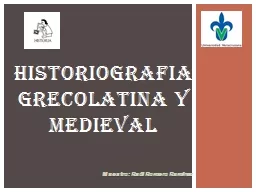

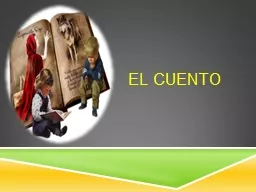
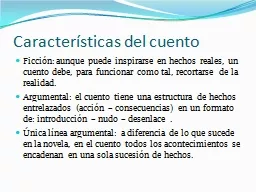
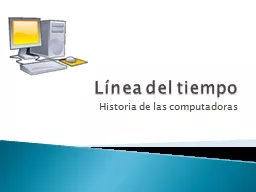
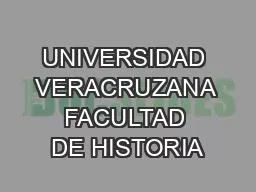
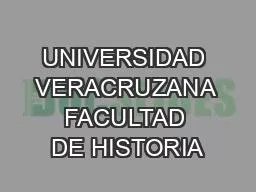
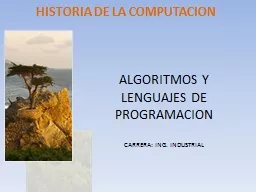
![[DOWNLOAD] MOBILIÁRIO DA ANTIGA GRÉCIA: Design e História HISTÓRIA DO MOBILIÁRIO](https://thumbs.docslides.com/1004687/download-mobili-rio-da-antiga-gr-cia-design-e-hist-ria-hist-ria-do-mobili-rio-antigo-egito-e-antiga-gr-cia-livro-2-portuguese-edition.jpg)